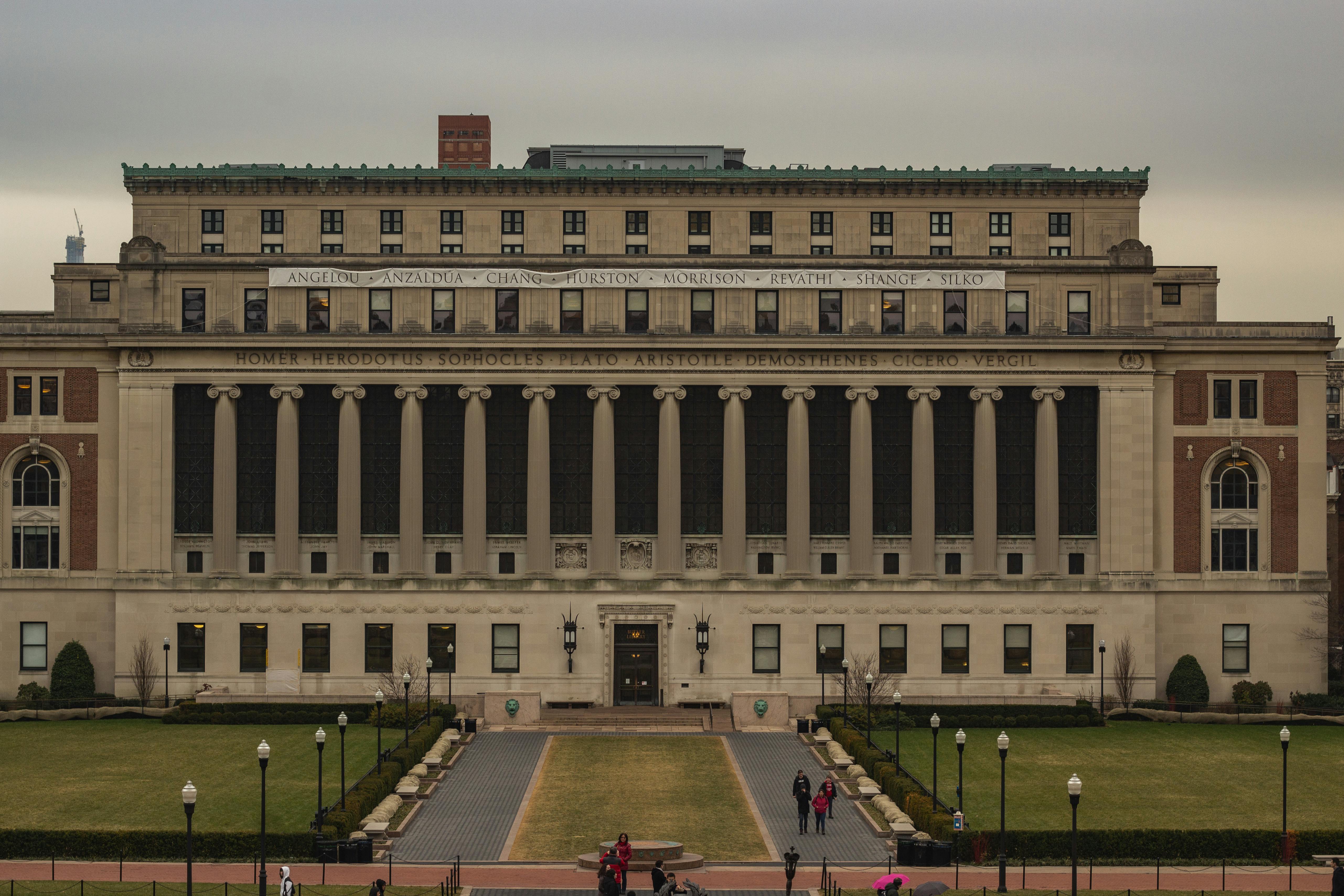This was Commissioned by Ghiyath Shah
 Mughlai delicacies consists of dishes developed or popularised in the early-trendy Indo-Persian cultural centres of the Mughal Empire. By utilizing this site, you comply with the Terms of Use and Privateness Policy. Wikipedia® is a registered trademark of the Wikimedia Basis, Inc., a non-profit organization. 1656-1707), while another was Alwān-i Niʿmat, a work dedicated solely to sweetmeats. Interdisziplinäre Zeitschrift für Südasienforschung. This was commissioned by Ghiyath Shah, a sultan of Malwa (now in Madhya Pradesh), and features Central Asian dishes resembling samosas (fried potato stuffed pastry), khichri (rice and lentils), pilaf (rice dish), seekh (skewered meat and fish), kabab (skewered, roasted meat) and yakhni (meat broth), as well as western and southern Indian dishes, resembling karhi, piccha and khandvi. Sahuliyar, Arti (5 July 2008). “Mughlai cuisine tops recognition charts in capital”. Decorated Indo-Persian cookbooks and culinary manuscripts adorned the personal libraries of the Mughal elite, serving as both culinary guides and for aesthetic value. Mughlai delicacies is strongly influenced by the Turkic delicacies of Central Asia, the region the place the early Mughal emperors initially hailed from, and it has in flip strongly influenced the regional cuisines of Northern India, Pakistan and Bangladesh. Mughlai cuisine is renowned for the richness and aromaticity of the meals as a consequence of in depth use of spices like saffron, cardamom, black pepper, dry fruits and nuts, in addition to rich cream, milk and butter in preparation of curry bases. The cookbook introduces every recipe with a line of reward: as an illustration saṃbosa-i yak tuhī dam dāda (samosa with a pocket cooked on dam) is declared as being ‘among the well-known and nicely-recognized sweets; pūrī dam dāda bādāmī (almond pūrīs cooked on dam) is said to be ‘among the delicious and excellent sweetmeats, and nān ḵẖatā̤ʾī bādāmī (almond nān ḵẖatā̤ʾī) is famous for being ‘among the uncommon and delicious recipes. This Persian manuscript features ten chapters, on nānhā (breads), āsh-hā (pottages), qalīyas and dopiyāzas (dressed meat dishes), bhartas, zerbiryāns (a sort of layered rice-primarily based dish), pulāʾo, kabābs, harīsas (savoury porridge), shishrangas and ḵẖāgīnas (omelette), and khichṛī; the final chapter entails murabbā (jams), achār (pickles), pūrī (fried bread), fhīrīnī (sweets), ḥalwā (heat pudding), and primary recipes for the preparation of yoghurt, panīr (Indian curd cheese) and the coloring of butter and dough. A Mughlai course is an elaborate buffet of main course dishes with a wide range of accompaniments. This has influenced the event of North Indian cuisine. Pal, Sanchari (7 June 2016). “Meals for Thought: Unpeeling the Mango’s Fascinating Historical past in India”. Accounting for Taste, College of Chicago Press, 2004, pp. It represents a mix of cuisine of the Indian subcontinent with the cooking styles and recipes of Central Asian and Islamic cuisine. From the Mughal interval itself, one popular culinary work was the Nuskha-i-Shahjahani, a file of the dishes believed to be ready for the court of Emperor Shahjahan (r.1627-1658). One other well-known textbook was Ḵẖulāṣat-i Mākūlāt u Mashrūbāt, maybe dating to the period of the emperor Aurangzeb (r. Text is accessible underneath the Inventive Commons Attribution-ShareAlike 4.Zero License; extra phrases might apply. The Times of India. These embody varieties of sweet breads corresponding to nān ḵẖatā̤ʾī (crisp bread, like a biscuit), candy pūrīs, candy samosas (or saṃbosas), laḍḍū and ḥalwā. Mishra, Smita (27 February 2016). “The 1,000 12 months History of the Kebab in your Plate”. Narayanan, Divya (January 2016). “What Was Mughal Delicacies? : Defining and Analysing a Culinary Tradition”. This web page was final edited on sixteen September 2024, at 00:36 (UTC). There are even many commonalities between Indo-Persian cookbooks used at the Mughal courtroom and contemporary culinary works from Safavid Iran, such because the Kārnāma dar bāb-i Tabākhi wa san’at-e ān “Handbook on Dishes and their Preparation” of Muhammad Al’ Bāwarchi Baghdādi. The tastes of Mughlai cuisine fluctuate from extraordinarily mild to spicy, and are often related to a distinctive aroma and the style of floor and entire spices. Several varieties of indigenous mangoes had been cherished and cultivated by the Mughal court. One example was the Nimatnama-i-Nasiruddin-Shahi, a 15th-century work illustrated with Persian miniatures. Though the ruling class and administrative elite of the Mughal Empire might variously determine themselves as Turani (Turkic), Irani (Persian), Shaikhzada (Indian Muslim) and Hindu Rajput, the empire itself was Indo-Persian, having a hybridized, pluralistic Persianate tradition.
Mughlai delicacies consists of dishes developed or popularised in the early-trendy Indo-Persian cultural centres of the Mughal Empire. By utilizing this site, you comply with the Terms of Use and Privateness Policy. Wikipedia® is a registered trademark of the Wikimedia Basis, Inc., a non-profit organization. 1656-1707), while another was Alwān-i Niʿmat, a work dedicated solely to sweetmeats. Interdisziplinäre Zeitschrift für Südasienforschung. This was commissioned by Ghiyath Shah, a sultan of Malwa (now in Madhya Pradesh), and features Central Asian dishes resembling samosas (fried potato stuffed pastry), khichri (rice and lentils), pilaf (rice dish), seekh (skewered meat and fish), kabab (skewered, roasted meat) and yakhni (meat broth), as well as western and southern Indian dishes, resembling karhi, piccha and khandvi. Sahuliyar, Arti (5 July 2008). “Mughlai cuisine tops recognition charts in capital”. Decorated Indo-Persian cookbooks and culinary manuscripts adorned the personal libraries of the Mughal elite, serving as both culinary guides and for aesthetic value. Mughlai delicacies is strongly influenced by the Turkic delicacies of Central Asia, the region the place the early Mughal emperors initially hailed from, and it has in flip strongly influenced the regional cuisines of Northern India, Pakistan and Bangladesh. Mughlai cuisine is renowned for the richness and aromaticity of the meals as a consequence of in depth use of spices like saffron, cardamom, black pepper, dry fruits and nuts, in addition to rich cream, milk and butter in preparation of curry bases. The cookbook introduces every recipe with a line of reward: as an illustration saṃbosa-i yak tuhī dam dāda (samosa with a pocket cooked on dam) is declared as being ‘among the well-known and nicely-recognized sweets; pūrī dam dāda bādāmī (almond pūrīs cooked on dam) is said to be ‘among the delicious and excellent sweetmeats, and nān ḵẖatā̤ʾī bādāmī (almond nān ḵẖatā̤ʾī) is famous for being ‘among the uncommon and delicious recipes. This Persian manuscript features ten chapters, on nānhā (breads), āsh-hā (pottages), qalīyas and dopiyāzas (dressed meat dishes), bhartas, zerbiryāns (a sort of layered rice-primarily based dish), pulāʾo, kabābs, harīsas (savoury porridge), shishrangas and ḵẖāgīnas (omelette), and khichṛī; the final chapter entails murabbā (jams), achār (pickles), pūrī (fried bread), fhīrīnī (sweets), ḥalwā (heat pudding), and primary recipes for the preparation of yoghurt, panīr (Indian curd cheese) and the coloring of butter and dough. A Mughlai course is an elaborate buffet of main course dishes with a wide range of accompaniments. This has influenced the event of North Indian cuisine. Pal, Sanchari (7 June 2016). “Meals for Thought: Unpeeling the Mango’s Fascinating Historical past in India”. Accounting for Taste, College of Chicago Press, 2004, pp. It represents a mix of cuisine of the Indian subcontinent with the cooking styles and recipes of Central Asian and Islamic cuisine. From the Mughal interval itself, one popular culinary work was the Nuskha-i-Shahjahani, a file of the dishes believed to be ready for the court of Emperor Shahjahan (r.1627-1658). One other well-known textbook was Ḵẖulāṣat-i Mākūlāt u Mashrūbāt, maybe dating to the period of the emperor Aurangzeb (r. Text is accessible underneath the Inventive Commons Attribution-ShareAlike 4.Zero License; extra phrases might apply. The Times of India. These embody varieties of sweet breads corresponding to nān ḵẖatā̤ʾī (crisp bread, like a biscuit), candy pūrīs, candy samosas (or saṃbosas), laḍḍū and ḥalwā. Mishra, Smita (27 February 2016). “The 1,000 12 months History of the Kebab in your Plate”. Narayanan, Divya (January 2016). “What Was Mughal Delicacies? : Defining and Analysing a Culinary Tradition”. This web page was final edited on sixteen September 2024, at 00:36 (UTC). There are even many commonalities between Indo-Persian cookbooks used at the Mughal courtroom and contemporary culinary works from Safavid Iran, such because the Kārnāma dar bāb-i Tabākhi wa san’at-e ān “Handbook on Dishes and their Preparation” of Muhammad Al’ Bāwarchi Baghdādi. The tastes of Mughlai cuisine fluctuate from extraordinarily mild to spicy, and are often related to a distinctive aroma and the style of floor and entire spices. Several varieties of indigenous mangoes had been cherished and cultivated by the Mughal court. One example was the Nimatnama-i-Nasiruddin-Shahi, a 15th-century work illustrated with Persian miniatures. Though the ruling class and administrative elite of the Mughal Empire might variously determine themselves as Turani (Turkic), Irani (Persian), Shaikhzada (Indian Muslim) and Hindu Rajput, the empire itself was Indo-Persian, having a hybridized, pluralistic Persianate tradition.
